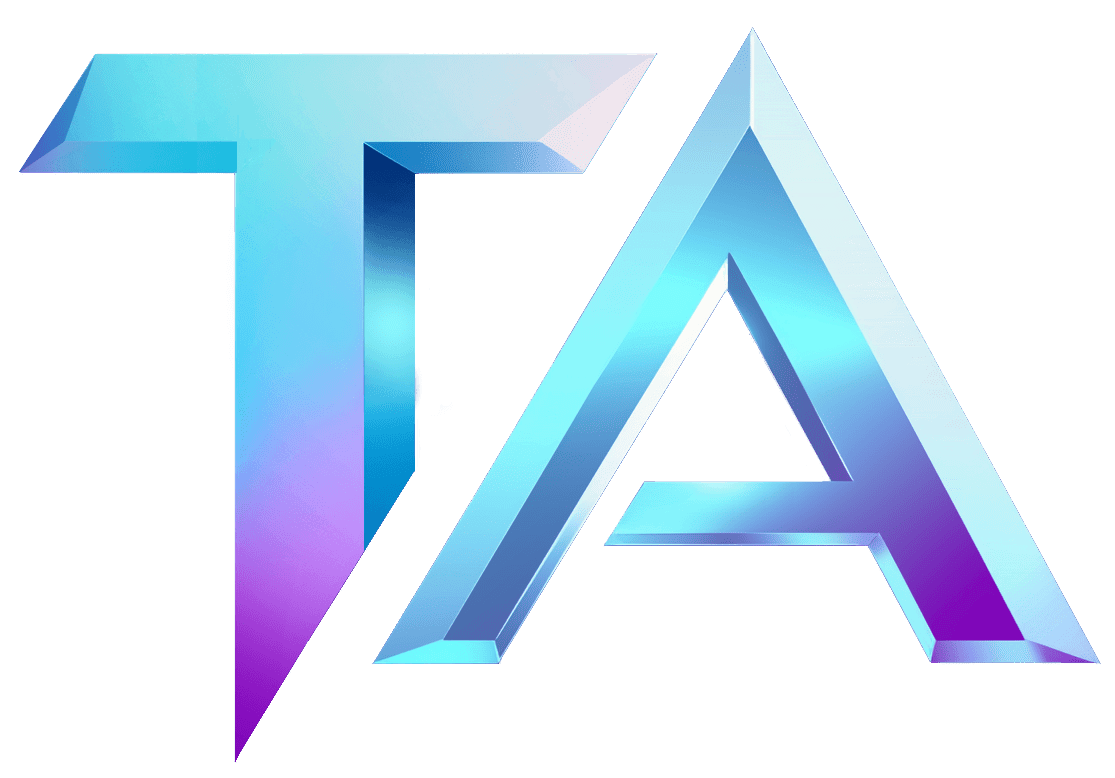Gig Economy Dynamics in Star Atlas: A Titan Analysis

Gig Economy Dynamics in Star Atlas: A Titan Analysis
The rise of the gig economy has changed how we perceive work, especially in digital environments. With platforms enabling short-term engagements and flexible job opportunities, it’s natural to explore how these dynamics play out in the universe of Star Atlas, a pioneering game built on the Solana blockchain.
Understanding Gig Economy Dynamics
At its core, the gig economy allows participants to choose when and how much they work, often through decentralized platforms. This flexibility leads to diverse income streams and opportunities to optimize resources. In traditional settings, actors such as freelancers and contractors are prevalent, but in a digital galaxy like Star Atlas, we see this model evolve into something unique.
Gig Work in Star Atlas
Star Atlas offers a vast universe where players can engage in various activities, including mining, trading, and combat. As a game deeply rooted in the blockchain, it operates under principles similar to those of the gig economy:
-
Varied Opportunities: Much like gig workers choose tasks that suit their skills and schedules, players can select missions or jobs that align with their interests or gameplay style, whether they prefer resource gathering or property management.
-
Flexibility: Players can log in and participate at their convenience, contributing to a decentralized economy where engagement is dictated by personal preference rather than rigid schedules.
-
Community Building: Much like gig platforms foster communities around skill sets, Star Atlas encourages players to form alliances and groups. These collaborations enhance gameplay and create new economic opportunities through shared resources.
- Earning Potential: Similar to freelancers who often juggle multiple gigs, Star Atlas players can simultaneously engage in various revenue-generating activities. Whether completing quests or trading resources, players have several avenues to monetize their skills and time.
The Mechanics Behind It All
Within Star Atlas, participants can leverage games’ play-to-earn models. By utilizing NFTs (Non-Fungible Tokens) and in-game assets, players can create unique revenue streams. This model mirrors the gig economy’s emphasis on asset utilization—players can trade their ships, land plots, or resources just as gig workers might market their skills or products.
Moreover, smart contracts on the Solana blockchain ensure transparent and efficient transactions, bolstering trust in this decentralized economic structure. Players can rest assured their efforts will be rewarded promptly and fairly.
Challenges and Opportunities
While the gig economy offers numerous benefits, it also comes with challenges—such as income instability and competition. In Star Atlas, players may face similar issues. The game’s dynamic economy can lead to fluctuating demand for certain resources or tasks, impacting potential earnings.
However, these challenges create opportunities for strategic planning and collaboration. Forming alliances can help mitigate competition, allowing players to carve out niche roles within the Star Atlas universe.
Conclusion
The gig economy dynamics we’ve seen in traditional settings are not only applicable but are actively evolving within Star Atlas. Players have the opportunity to leverage flexibility, build communities, and explore diverse earning potential in this exciting digital frontier.
To learn more about Star Atlas data and insights, visit Titan Analytics Star Atlas data modules. For inquiries or to connect with us, head over to Titan Analytics Contact Page. Happy exploring!




